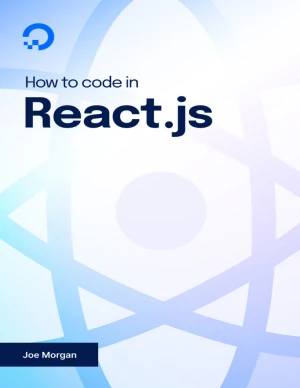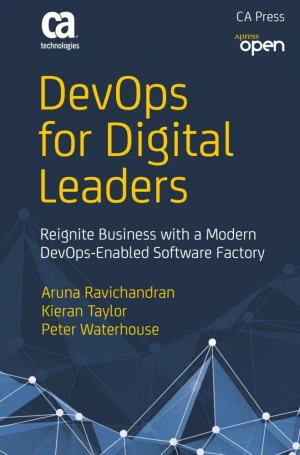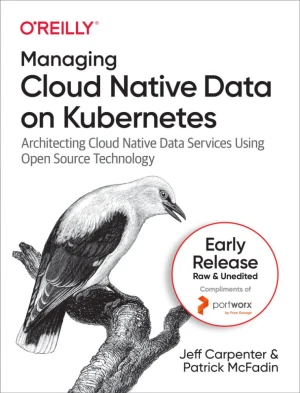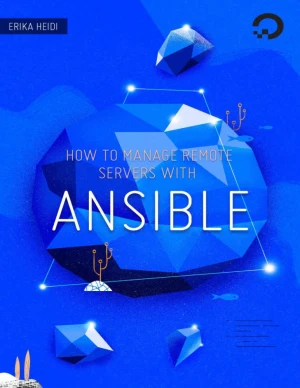Producing Open Source Software, 2nd Edition
How to Run a Successful Free Software Project


Book Details
| Author | Karl Fogel |
| Publisher | O'Reilly Media |
| Published | 2023 |
| Edition | 2nd |
| Paperback | 302 pages |
| Language | English |
| ISBN-13 | 9780596007591 |
| ISBN-10 | 0596007590 |
| License | Creative Commons Attribution-ShareAlike |
Book Description
The corporate market is now embracing free, "open source" software like never before, as evidenced by the recent success of the technologies underlying LAMP (Linux, Apache, MySQL, and PHP). Each is the result of a publicly collaborative process among numerous developers who volunteer their time and energy to create better software.
The truth is, however, that the overwhelming majority of free software projects fail. To help you beat the odds, O'Reilly has put together Producing Open Source Software, a guide that recommends tried and true steps to help free software developers work together toward a common goal. Not just for developers who are considering starting their own free software project, this book will also help those who want to participate in the process at any level.
The book tackles this very complex topic by distilling it down into easily understandable parts. Starting with the basics of project management, it details specific tools used in free software projects, including version control, IRC, bug tracking, and Wikis. Author Karl Fogel, known for his work on CVS and Subversion, offers practical advice on how to set up and use a range of tools in combination with open mailing lists and archives. He also provides several chapters on the essentials of recruiting and motivating developers, as well as how to gain much-needed publicity for your project.
While managing a team of enthusiastic developers - most of whom you've never even met - can be challenging, it can also be fun. Producing Open Source Software takes this into account, too, as it speaks of the sheer pleasure to be had from working with a motivated team of free software developers.
This book is available under a Creative Commons Attribution-ShareAlike license (CC BY-SA), which means that you are free to copy, distribute, and modify it, as long as you credit the original author and license any derivative works under the same terms.
If you enjoyed the book and would like to support the author, you can purchase a printed copy (hardcover or paperback) from official retailers.
Download and Read Links
Share this Book
[localhost]# find . -name "*Similar_Books*"
How To Code in React.js
This open book is an introduction to React that works from the foundations upward. Each chapter takes you a little deeper into the React ecosystem, building on your previous knowledge. Along the way, you'll learn how to maintain internal state, pass information between parts of an application, and explore different options for styling your applicat
How To Build a Website with HTML
If you are interested in learning how to build and design websites, Hyper Text Markup Language (HTML) is a great place to start. This project-based tutorial series will introduce you to HTML and its methods by building a personal website using our demonstration site (below) as a model. Once you learn the basics, you will know how change the website
DevOps for Digital Leaders
Learn to design, implement, measure, and improve DevOps programs that are tailored to your organization. This concise guide assists leaders who are accountable for the rapid development of high-quality software applications. In DevOps for Digital Leaders, deep collective experience on both sides of the dev - ops divide informs the global thought le
How To Code in Go
This book is designed to introduce you to writing programs with the Go programming language. You'll learn how to write useful tools and applications that can run on remote servers, or local Windows, macOS, and Linux systems for development. The topics that it covers include how to: - Install and set up a local Go development environment on Windows,
Managing Cloud Native Data on Kubernetes
Is Kubernetes ready for stateful workloads? This open source system has become the primary platform for deploying and managing cloud native applications. But because it was originally designed for stateless workloads, working with data on Kubernetes has been challenging. If you want to avoid the inefficiencies and duplicative costs of having separa
How To Manage Remote Servers with Ansible
This book is designed to introduce you to using Ansible to manage your servers. You'll learn how to install and configure Ansible on a control node, and then how to use it to configure and run commands on remote servers. You'll also learn how to collect tasks into complete Playbooks to automate server setup from start to finish. The topics that it






